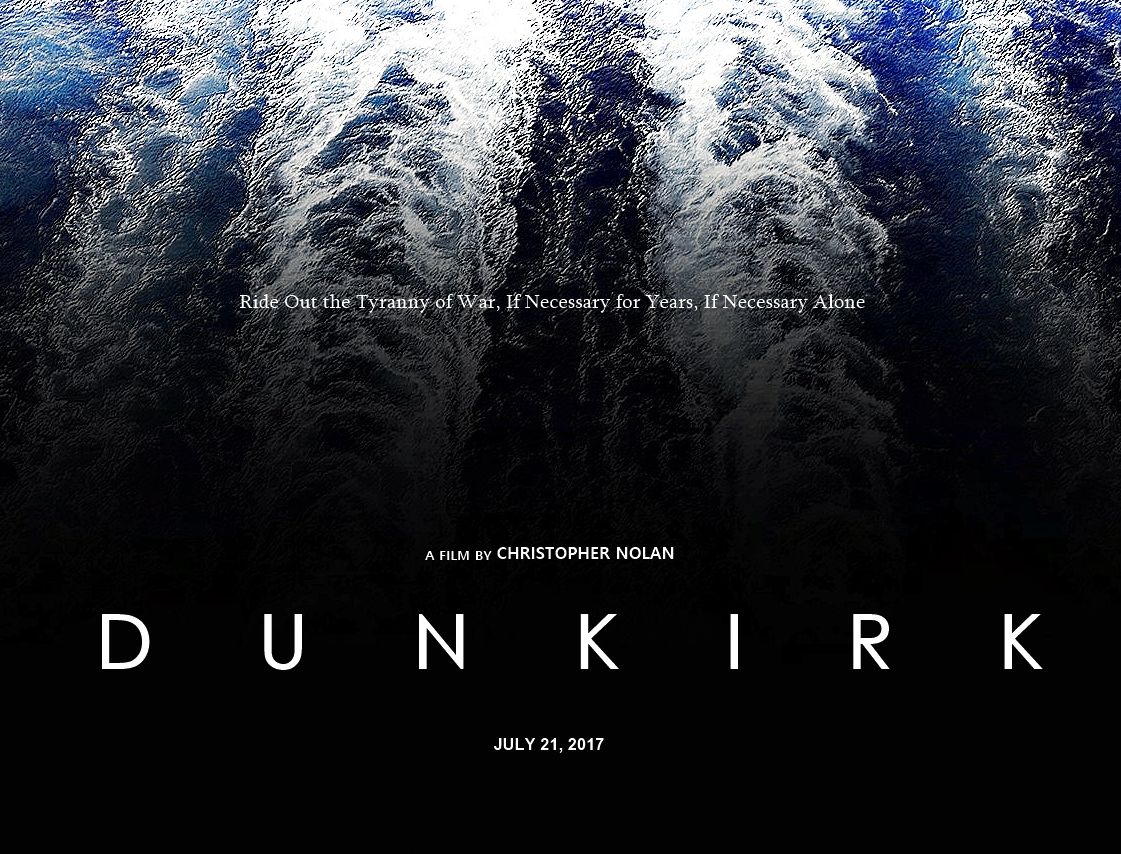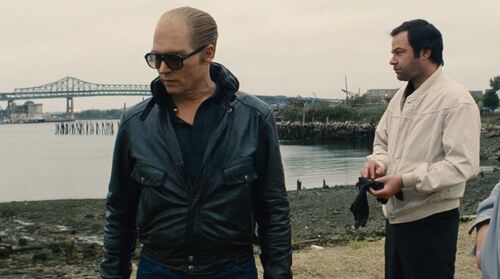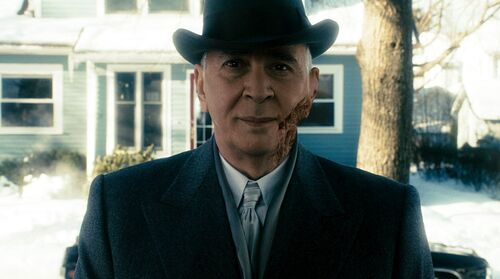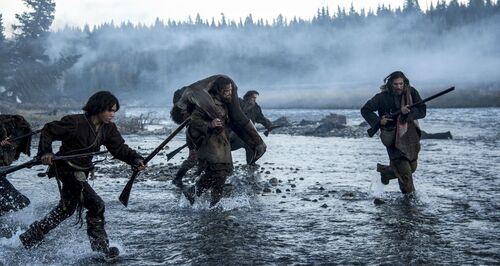
Can Christopher Nolan Define War in 'Dunkirk?'
 War, is it natural, for man is? Turn the pages of history; our species have been waging it against its kind for ages. War can be said that it is an invention, for man is involved. However, the nature of war, like what Cormac McCarthy’s great novel, Blood Meridian, Or the Evening Redness in the West says, "war was always here. Before man was, war waited for him; the ultimate trade awaiting its ultimate practitioner."
War, is it natural, for man is? Turn the pages of history; our species have been waging it against its kind for ages. War can be said that it is an invention, for man is involved. However, the nature of war, like what Cormac McCarthy’s great novel, Blood Meridian, Or the Evening Redness in the West says, "war was always here. Before man was, war waited for him; the ultimate trade awaiting its ultimate practitioner."
War, when depicted by the sheer audacity of art, it has to be presented as if the viewer is there. When war, the subject of it is the reason the art—cinema is presenting must be understood psychologically otherwise the film isn’t doing its job like it’s supposed to. A painter whose intention is to present scenes of war through the white canvas, he/she, first and foremost, must be on the same page, mentally, with a soldier in the battlefield. Otherwise, the painter, instead of wasting the time, can simply take the brush and paint the term: war, which men, women, child understand. However, it is not seen until experienced. Though, an artist can be a soldier just as he/she can be a teacher, doctor or a scientist. Artist’s imagination consists of no boundary; therefore his/her imagination, vast, more than the universe, must be able to comprehend the perspective of the subject of his/her art.
One of the greatest war films of all time is Terrence Malick’s The Thin Red Line. An anti-war picture—glorifies, not at all, the brutality of battle, though proffers to its viewer the mental state of its characters. Characters are actors, who is defining the role of soldiers in the battlefield. A director is responsible, more importantly, as much as the screenwriter to feel, understand and be in the subject. The second greatest war film is Andrie Tarkovsky’s Ivan’s Childhood, in which we, the viewer, experience the mental state of a skinny boy, who has experienced, like Tarkovsky himself, sorrow. In The Pianist, by Roman Polanski, the third greatest war film, the viewer is witnessing—understanding the effect war has on man through the perspective of two individuals, Polanski and his central character Wladylaw Szpilman portrayed by Adrien Brody. It’s a very personal film. The fourth greatest war film, though presented as a thriller, is director Kathryn Bigelow’s The Hurt Locker, which takes place during the Iraq war, however, constructed on the page from a different perspective. Bigelow and her screenwriter Mark Boal focus on one character, Staff Sergeant William James limned by Jeremy Renner. Every time the character is on duty, to detonate roadside bombs, the viewer is inside the mind of the character. The viewer is William James. With Malick’s The Thin Red Line, we feel, comprehend the oddity of each soldier via voice-over—the inner thoughts.
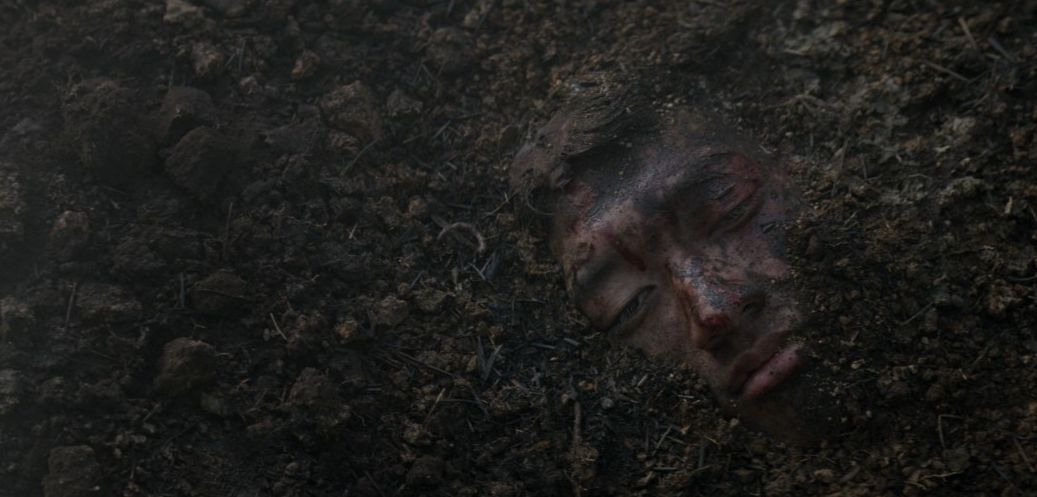
Films such as Saving Private Ryan, directed by Steven Spielberg, and Black Hawk Down by Ridley Scott, both personal favorites of mine as well, are not constructed to be understood, seen from the perspective of the characters. They are both war films, but they are only war films. Both artists have painted the term: war over the canvas beautifully. Though, thanks to both of them, for their work come with style—perceived through their respective point of views.
Director Christopher Nolan, whose next picture is regarding the story of the Dunkirk evacuation, which took place at the beginning of World War II, is no ordinary filmmaker. His credit includes masterpieces like Memento, Insomnia, The Prestige, The Dark Knight Trilogy, Inception and Interstellar. But what we should be concerned about is that Nolan is tackling the subject of war for the first time. What viewers, I believe, should get from Nolan is not just a war film; they rather experience the brutality of the situation, psychologically—comprehend, perhaps, realize the characters’ presence in war, in order for it to be remembered, revered for that very reason. Dunkirk will be Nolan’s market-friendly war picture for it to bring profit for the studio, though there is still hope. We hope to see a war film more than just war. Nolan has to be far more audacious as an artist, whose script for Dunkirk, I hope consists of unseen scenery—yet to be known and unobserved character development with utmost discipline. There has to be a sense of poetry in a war film with philosophical undertones.
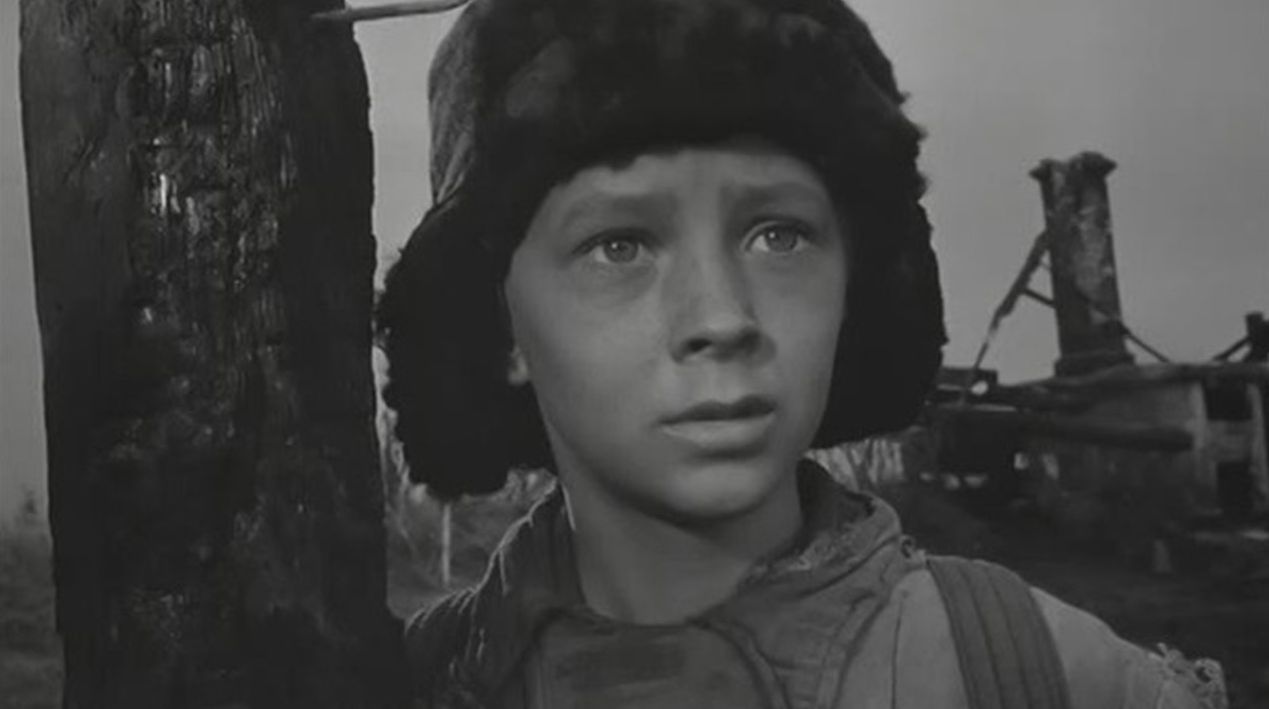
A war film has to feel real, be honest to war itself and be an anti-war allegory. Nolan can proffer his audience a war picture from the perspective of an artist, but shot in documentary style. A war film shouldn’t be treated as a popcorn-blockbuster—member of an audience has to comprehend the unlimited access of art, cinema, as to what it’s truly capable of. As a director, Nolan has challenges; mountain of artists stands ahead of him, who has touched the subject of war and ones who are interested in bringing the war to cinema screen in the future. For instance, director Ang Lee’s Billy Lynn’s Halftime Walk and director Mel Gibson’s Hacksaw Ridge. The former shot in 3D, its aim is to take audiences in the battle zone; while Hacksaw Ridge is a film perceived from the perspective one of the greatest filmmakers of our time, Gibson, who as an artist, has no intention of shying away providing his audience nature of war. Apocalypto and his masterpiece Braveheart are perfect examples.
Dunkirk will work if its goal is hopeless, like The Thin Red Line and Stanley Kubrick’s masterpiece Paths of Glory. Nolan has to, first and foremost, brainwash his characters; place them far away from their current lives, in order for them to comprehend the mental state of their respective roles. With the plot yet to be revealed, it’s not easy to say what kind of a war film he has for us. It’s an action-thriller, they say. Either way, it has to be cogent. Bigelow’s The Hurt Locker is effective when it comes to film-making and its suspense, though mainly it has to do with the mental state of its central character. Warner Bros.’ hit war picture American Sniper also takes its audiences underneath the skin of the character. But it’s a whole different beast. Director Clint Eastwood’s visions of war are from the perspective of Chris Kyle, portrayed in the film by Bradley Cooper. Eastwood’s objective wasn’t to set war, ultimately, as the subject of the picture, but more of a topic which involves a hero who is determined to his duty as a sniper. War has its effect, no matter what. American Sniper doesn’t teach us why war exists, for it’s a simple fact: war is there. But why war is there? Why is it too important? I think cinema has answered it for us already. I think cinema is the only medium that can answer the questions. Story, actors, camera and money is at Christopher Nolan’s disposal.
